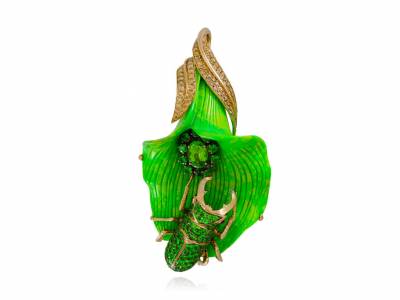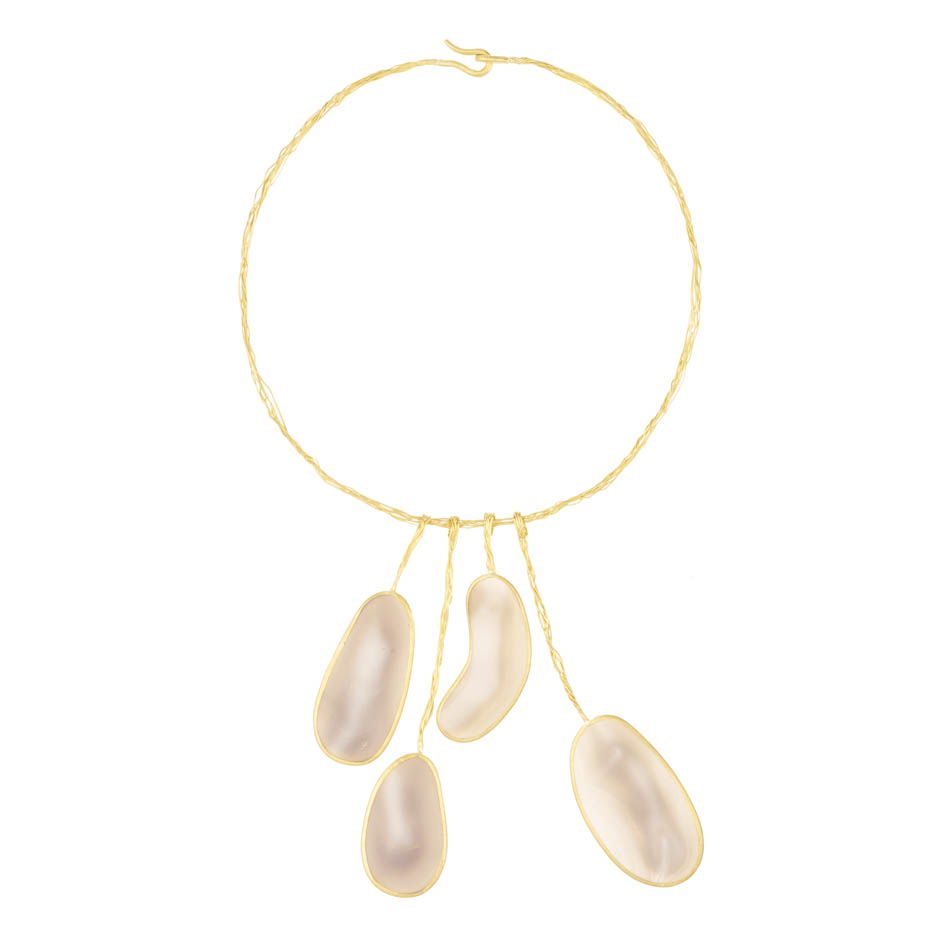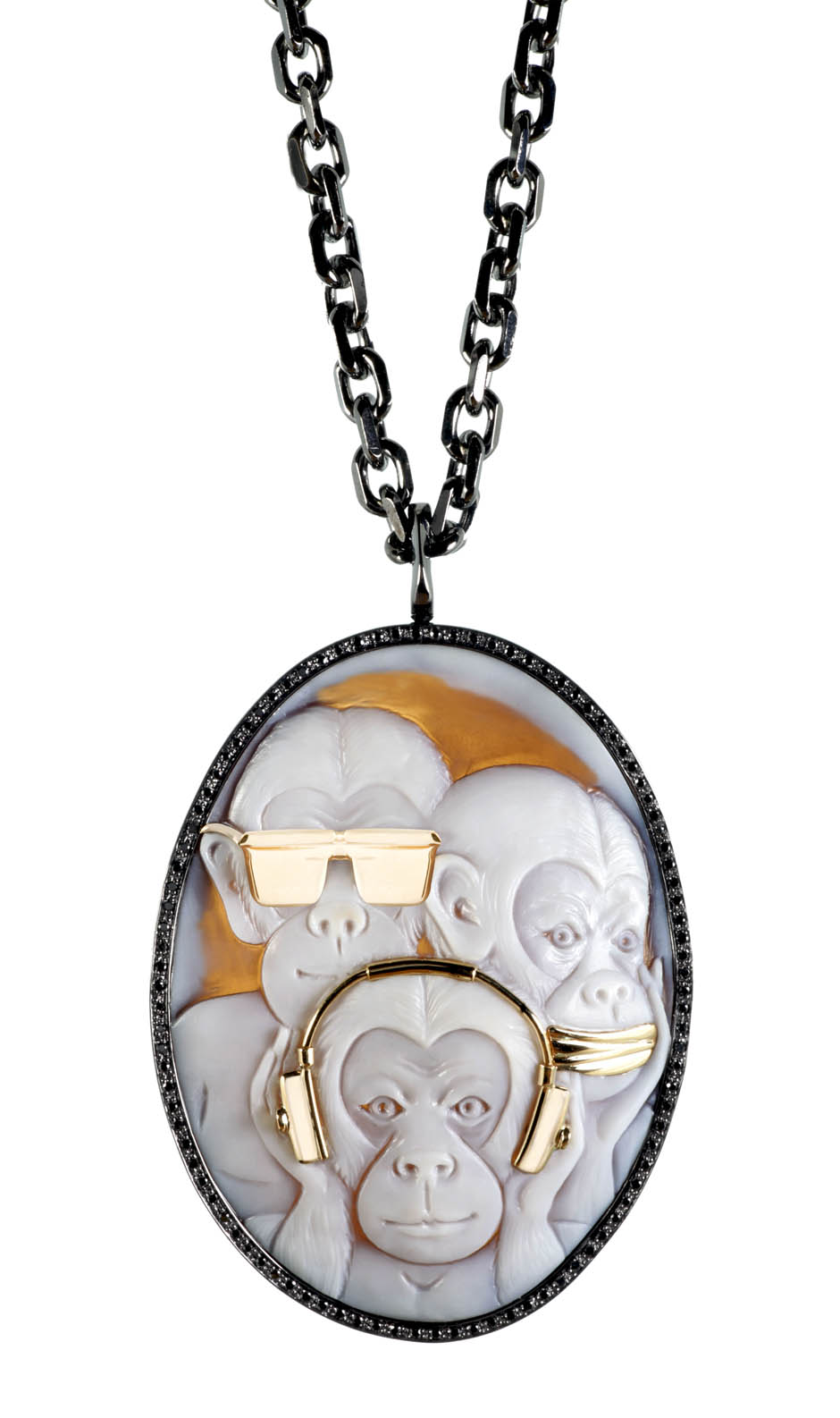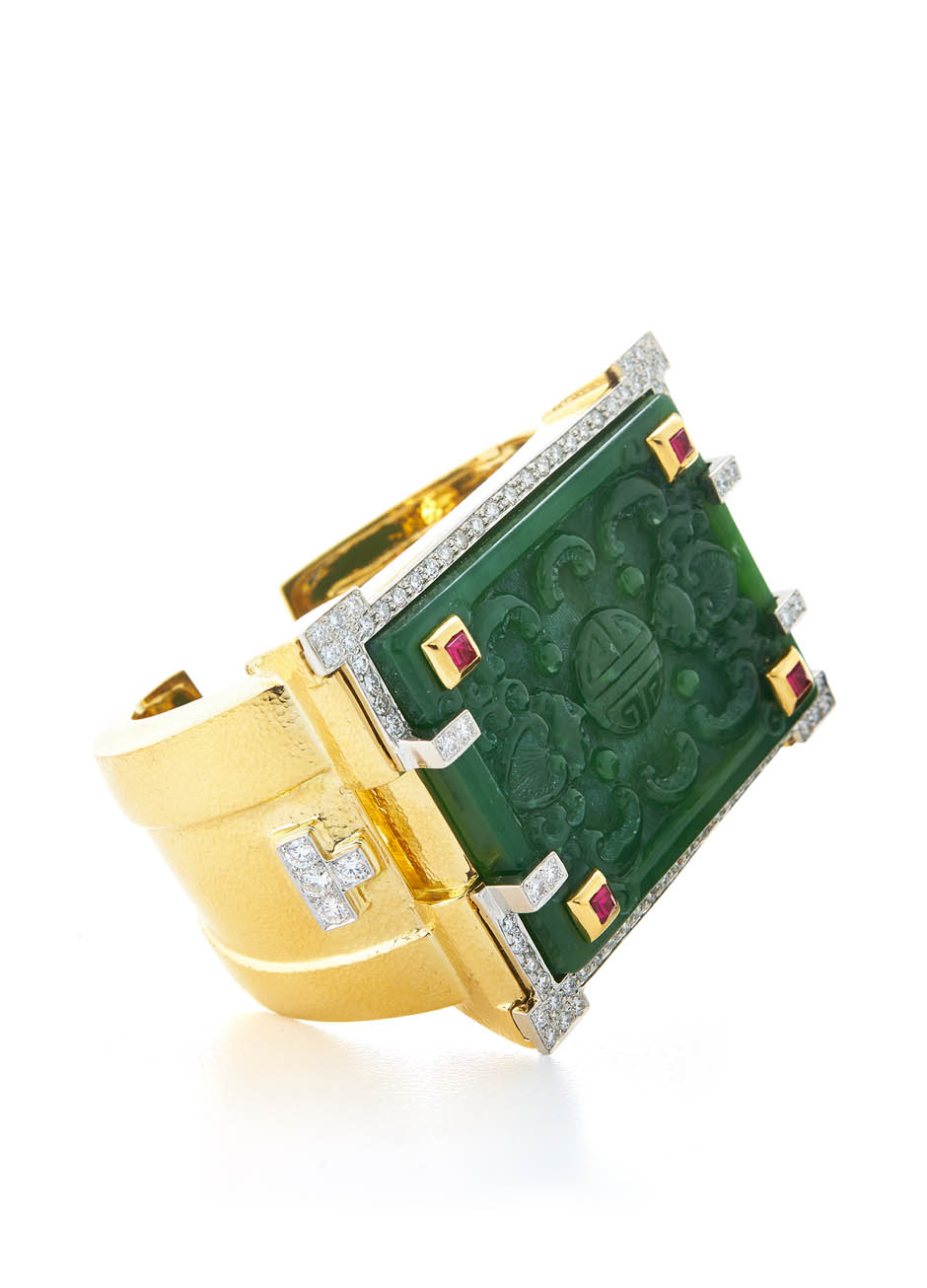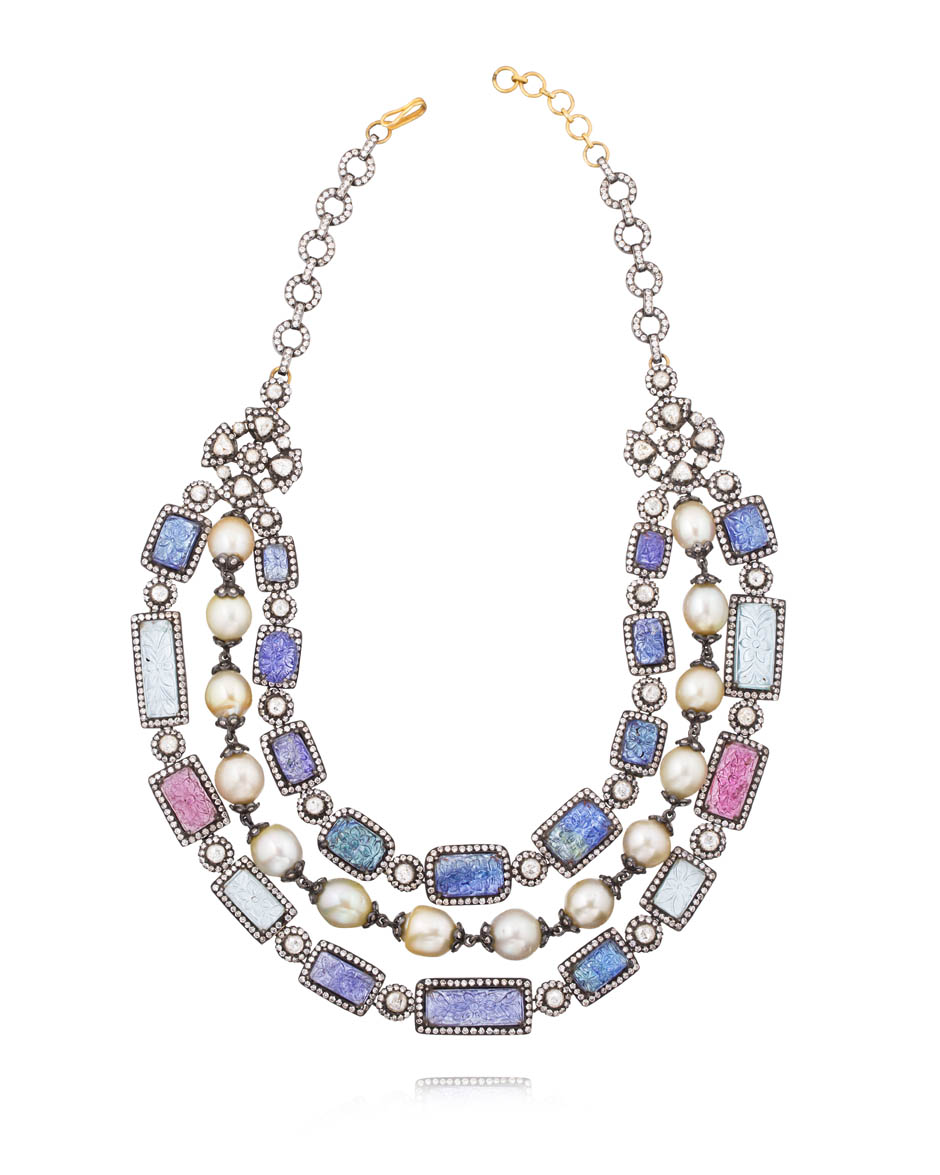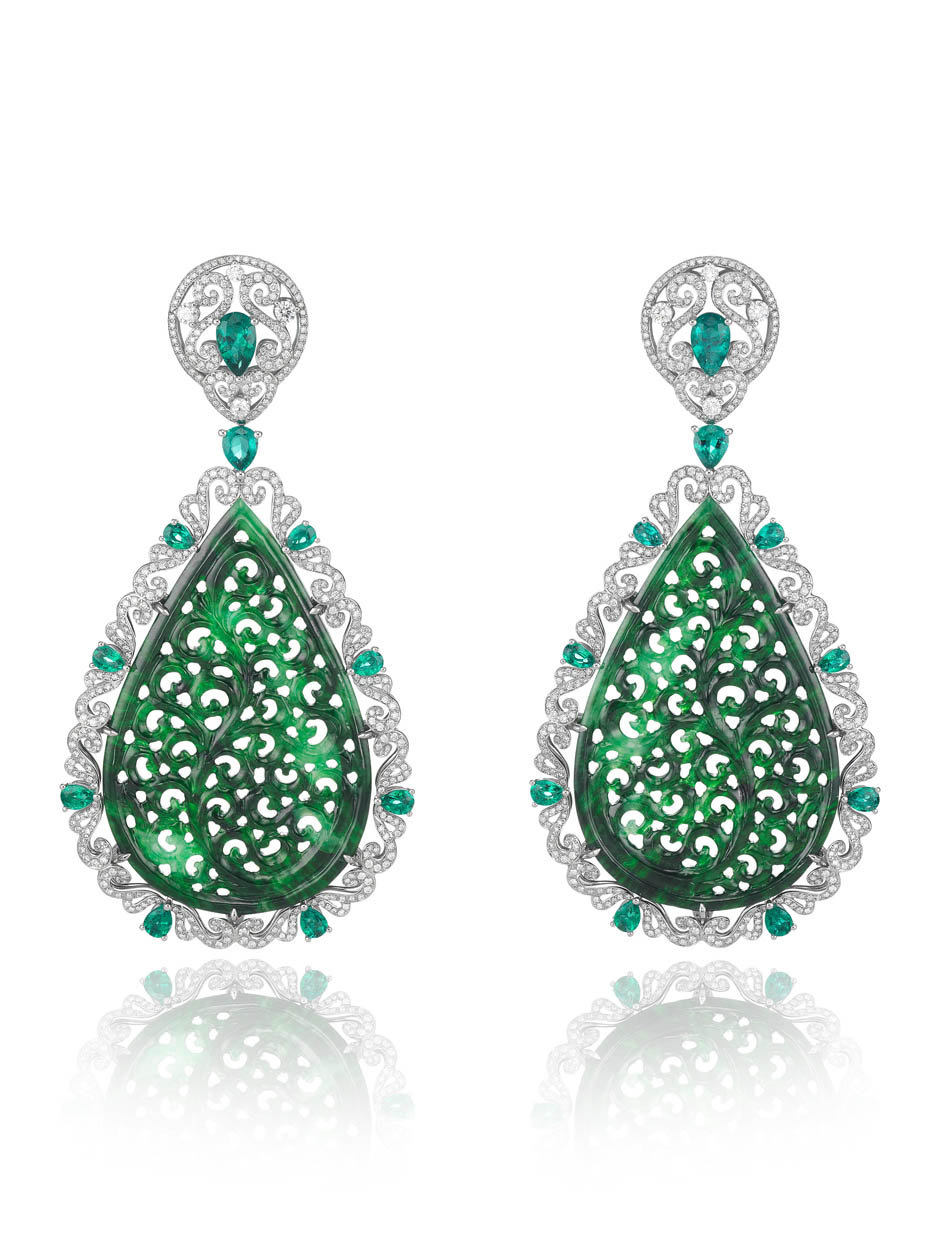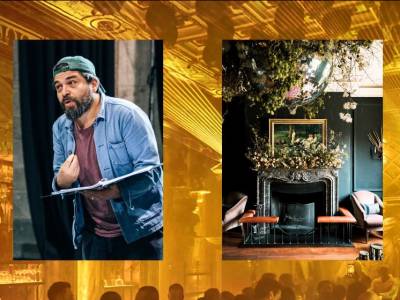“You can talk about each design for hours — now that’s a conversation piece,” says Auclert with a smile, who adds that his creations, priced from €1,500 to €50,000, are understated and easy to wear. “To say that 21st- century jewellery will be very low key — safe and easy to travel with, elegant and not look a million dollars — is a bit passé.”
Lydia Courteille is another Parisian creating fantastical gems around high-quality antique carvings. “Leaving them in the safe worries me,” she says. “I love to give old stones a second life.” Cue a tribal-inspired brooch fashioned from three carved stones that embody Courteille’s passion for archaeology. Meanwhile a 19th-century carved coral head of Bacchus, the Roman god of wine, is set in opal-flecked silver and gold — and is a truly fabulous, aquatic and mythical-like piece.
In New York, the late jeweller David Webb spent hours at the Metropolitan Museum of Art studying the line and figures of carved stones — a passion the house has boldly interpreted today. “David Webb celebrated the stone’s texture and irregularities,” says Mark Emanuel, the house’s co-owner. “He worked around their unique features rather than squaring them off or shaping them.”
A rakish Happiness Cuff that audaciously hugs a deep green jade stone is a case in point, while a yellow gold Crescent necklace of interlocking ribbed lapis lazuli would win over fans both old and new, who in the past have included Jackie Kennedy and Elizabeth Taylor, and today can claim Salma Hayek and Jennifer Lawrence in their number.
